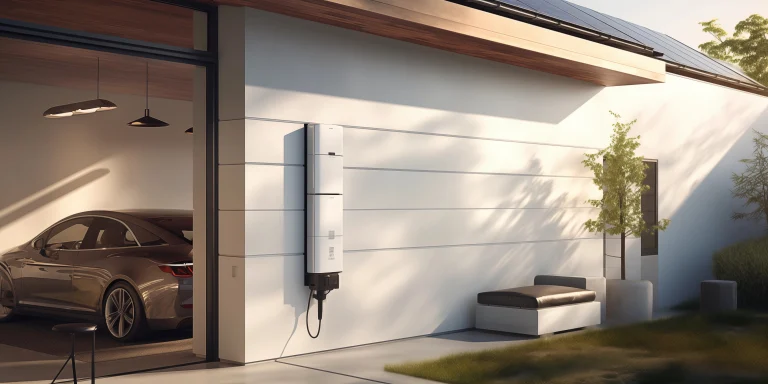

Home electrification: A long but rewarding journey
Did you know that in Victoria alone, 6 million solar panels have now been installed through the Solar Homes program? When combined, they deliver 2.25
Here are some of our frequently asked questions that may help answer your enquiries. If you can’t find
an answer to your questions below, our team will gladly assist you.
Installation FAQs
Generally, UNIfied can install your PV system within days of approval. The approvals from your retailer and distributor, however, can take up to 6-8 weeks. UNIfied will keep you informed throughout the approval process. Post installation, UNIfied will organise a third party inspector to sign off on the electrical works and turn your system on. At this point, you will receive the benefit of solar energy in your home (allow 10 to 15 business days for this to be carried out).
Please note that with labour shortages and supply chain issues impacting our industry, a slight delay with installation and assigning a third party inspector to sign off on all electrical works are occurring more frequently. Rest assured that the UNIfied team will keep you informed every step of the way.
You’ll need a solar compatible switchboard and meter. A meter exchange or re-program may be required after a solar installation. Your UNIfied Energy Specialist will be able to advise you, by viewing an image of your switchboard, as to whether a new switchboard and meter is required.
Performance FAQs


Did you know that in Victoria alone, 6 million solar panels have now been installed through the Solar Homes program? When combined, they deliver 2.25
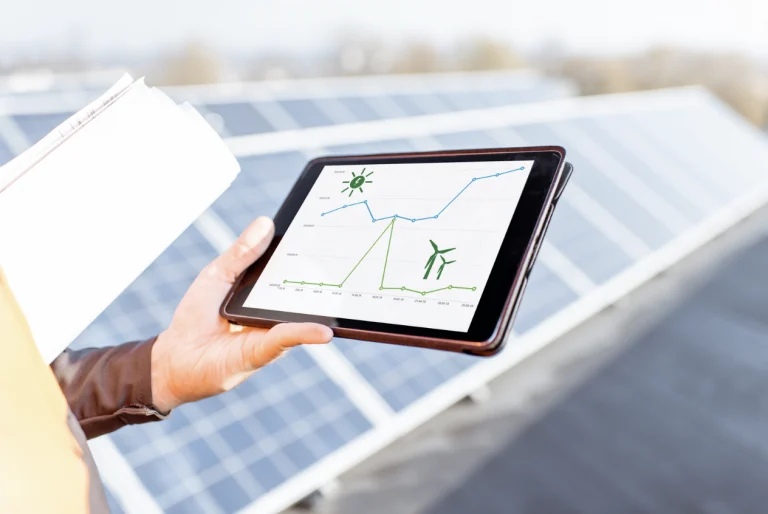

The solar industry has faced significant turbulence in recent years, with numerous companies declaring bankruptcy or closing down, leaving homeowners in precarious situations. This trend
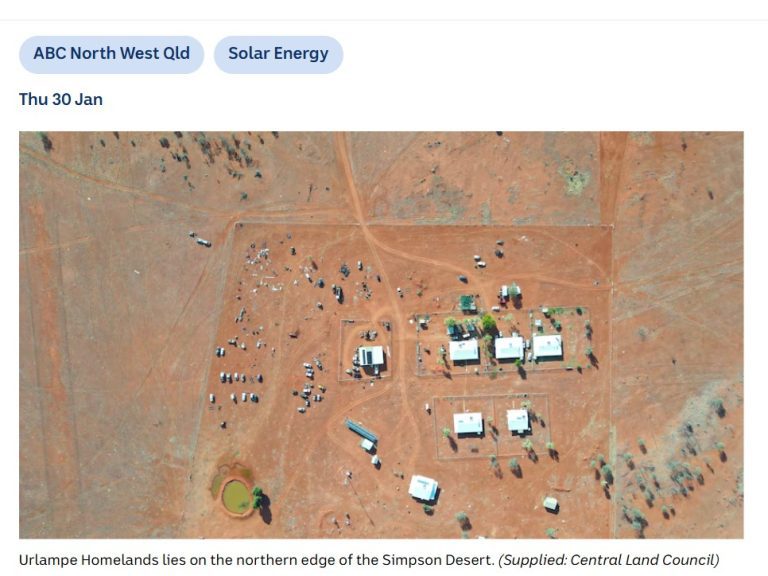

Recently, the ABC News featured an inspiring article on how solar technology has transformed the lives of Australians living in the outback. In the heart
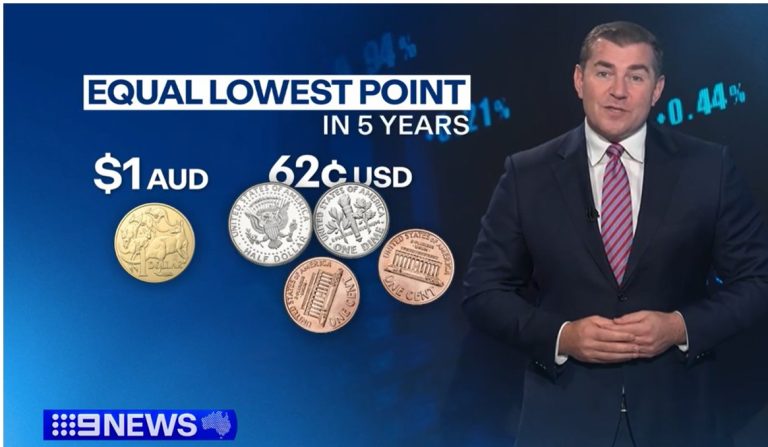

The Australian dollar is currently weak, trading at about 62 US cents, which is the lowest it’s been in nearly five years. This weakness is
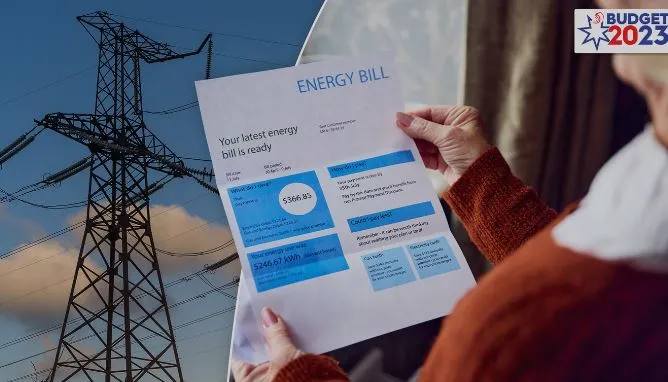

Choosing the right energy plan for your home can feel overwhelming with so many options in the Australian market. But breaking down and comparing these


Transform Your Business with South Australia’s Small Business Energy Efficiency Grant! Attention Small Businesses in SA – we have exciting news for you! Are you
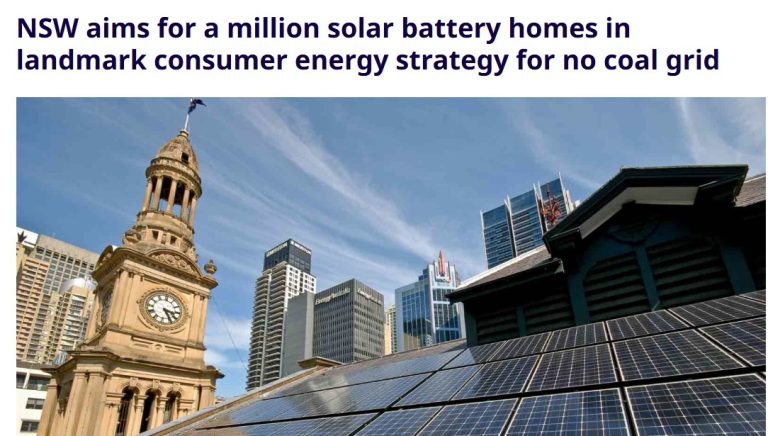

The New South Wales (NSW) government is setting some ambitious goals to revolutionise energy consumption by aiming for 1 million households and small businesses to


Reminder: As you’ll be getting your winter energy bills soon, it’s important to remember that the Federal Government is offering $3.5 billion in relief for
If you have any enquiries that are not answered above, please feel free to contact us. Our team will gladly assist you in finding what you need.
© 2010-2023 UNIfied, All Rights Reserved
UNIfied acknowledges the Traditional Owners of the land where I/we work and live. We pay our respects to Elders past, present and emerging. We celebrate the stories, culture and traditions of Aboriginal and Torres Strait Islander Elders of all communities who also work and live on this land.